A volcano is a hole in the crust of a planet or moon through which molten rock and gases trapped beneath the surface erupt, often forming a hill or mountain.
Introduction
Volcanoes, captivating natural phenomena, manifest as openings in the crust of planets or moons, spewing molten rock, scorching gases, and diverse materials onto the surface. Their transformative influence is evident in the creation of hills and mountains, shaped by layers of rock and ash accumulated through successive eruptions.
This article delves into the intriguing realm of volcanoes, elucidating their classifications, mechanisms, and ubiquitous existence, whether on terrestrial landscapes or concealed beneath the ocean depths. As awe-inspiring forces of nature, volcanoes weave a narrative of geological marvels, unveiling the dynamic processes that have shaped our planet over millennia. Explore the wonders of these fiery spectacles and the profound impact they have on the Earth’s ever-evolving topography.
ALSO READ : Aryabhata Satellite : India’s Inspirational Pioneering Leap Into The Cosmos
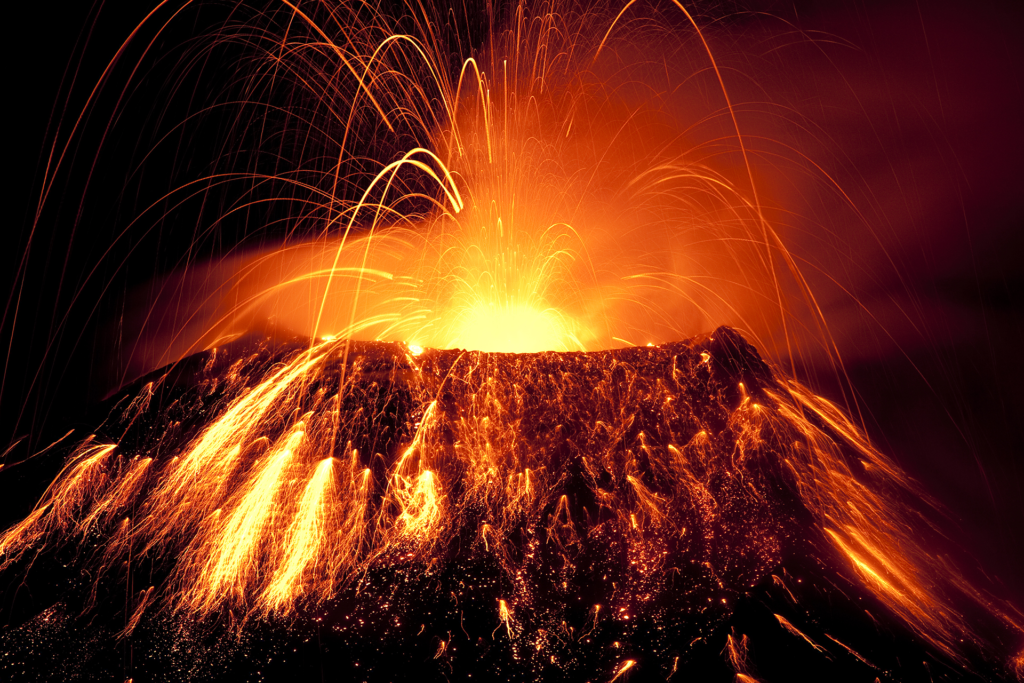
Classification of volcanoes
Volcanoes fall into three categories – active, dormant, or extinct – determined by their eruption history. Active ones, having recently erupted, pose a likelihood of erupting again. Dormant volcanoes, though quiet for an extended period, carry the potential for future eruptions. Extinct volcanoes, on the other hand, are not anticipated to erupt again. This classification system hinges on the dynamic nature of volcanic activity, providing insights into the level of risk and the temporal patterns of eruptions associated with these awe-inspiring geological features.
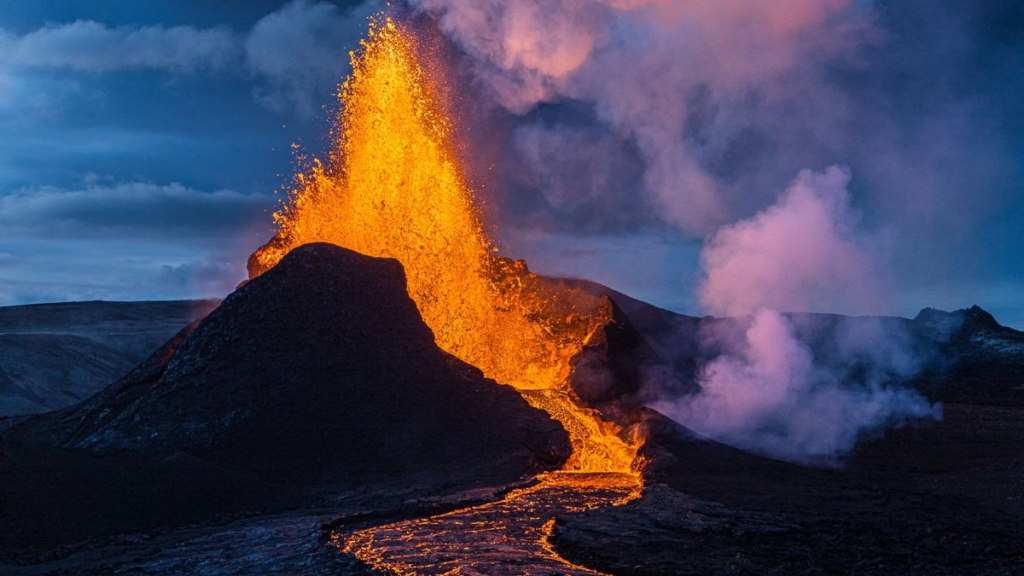
The anatomy of volcanoes
A volcano’s construction begins with layers of rock and ash accumulating over time, a testament to repeated eruptions. These eruptions emanate from a molten rock reservoir known as the magma chamber, harboring the fiery essence beneath the Earth’s surface. When pressure within this chamber becomes untenable, magma forces its way through channels in the rock, finding its escape route onto the planet’s surface. Once on the surface, the molten rock earns its terrestrial moniker – lava.
Volcanoes come in diverse forms, shaped by the rate, intensity, and composition of their eruptions. Some unleash explosive forces, while others slowly cascade lava down their slopes, crafting unique landscapes. The mode of eruption, whether through the main opening at the summit or side vents, further influences the volcano’s appearance.
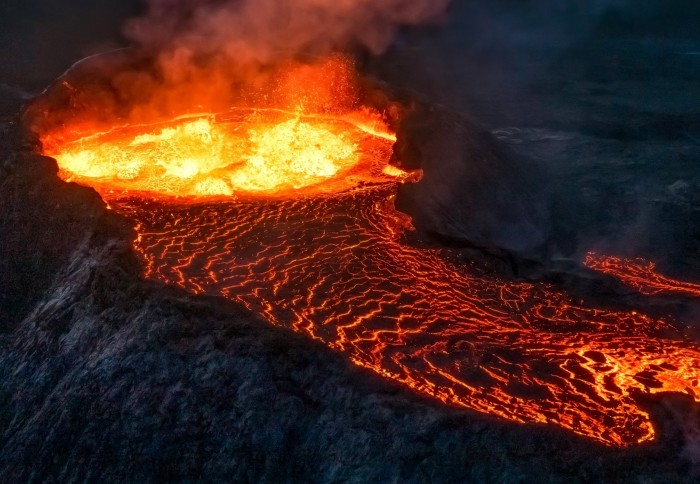
Internal mechanisms
Inside an active volcano lies a magma chamber where molten rock, or magma, accumulates. The increasing pressure within the chamber forces the magma through channels in the rock until it escapes onto the planet’s surface, at which point it becomes lava.
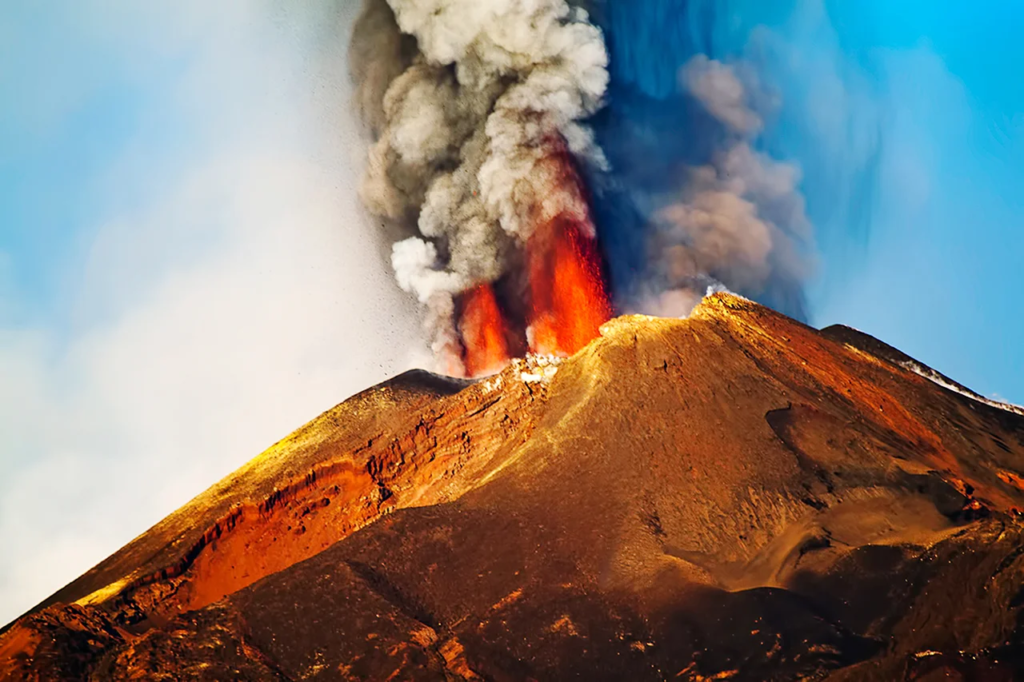
Eruption dynamics
Volcanic eruptions vary in intensity and can be explosive or slow lava flows. Eruptions may occur through the main opening at the volcano’s top or through vents on its sides. The rate, intensity, and magma composition determine the resulting shape of the volcano.

Global distribution
Volcanoes are not confined to specific regions; they exist on both land and the ocean floor. Submarine volcanic eruptions create underwater mountains and mountain ranges as released lava cools and hardens. Islands emerge when these undersea mountains breach the ocean surface. The Ring of Fire, a region around the Pacific Ocean, hosts the majority of the world’s volcanoes, with approximately 1,500 potentially active ones identified by the United States Geological Survey.
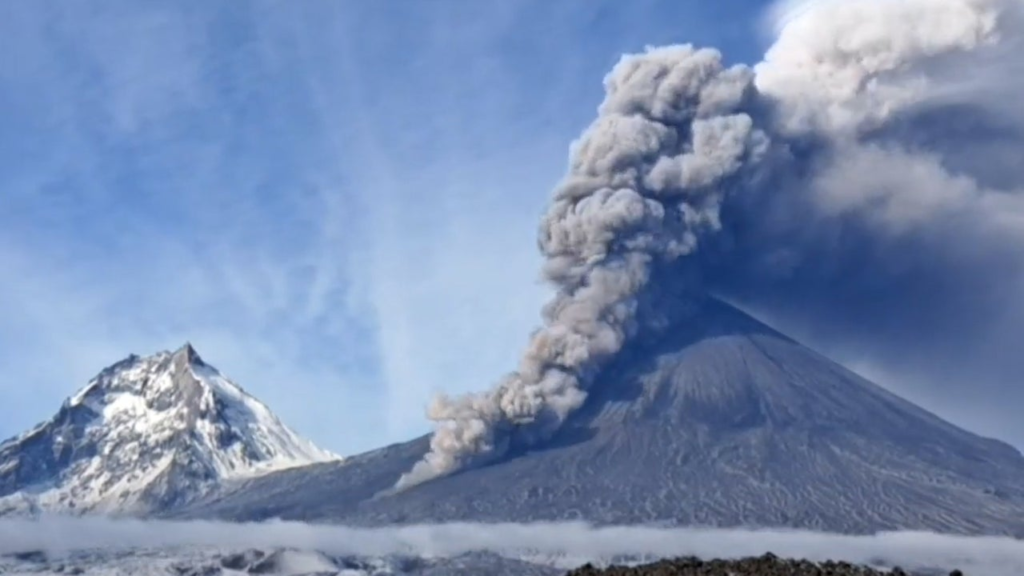
Conclusion
Volcanoes, with their explosive power and transformative capabilities, play a crucial role in shaping the Earth’s topography. Understanding their classifications, internal mechanisms, and global distribution contributes to both scientific knowledge and disaster preparedness. As we marvel at the beauty and ferocity of these geological wonders, we also recognize the need to respect and study them for the safety of communities living in their proximity. Volcanoes stand as reminders of the dynamic and ever-changing nature of our planet.
To explore more news : Click Here




































